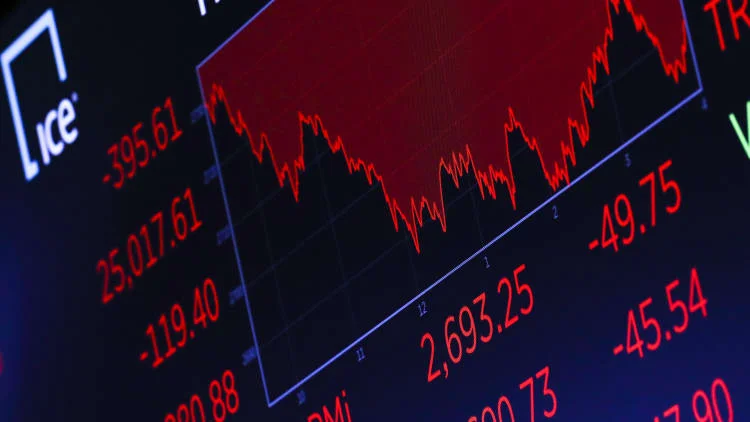The US economy has always been a focal point for global economic stability. With recent fluctuations in job market, stock exchanges, and other economic indicators, speculation about a potential recession is rampant. This article delves into various facets of the US economy to determine whether a recession is imminent.
Understanding Economic Indicators
Economic indicators such as unemployment rates, job creation, and stock market performance play crucial roles in predicting a recession. These indicators provide insights into the overall health of the economy and signal potential downturns.
Recent Job Market Data
The US jobs data for July 2024 showed that employers created only 114,000 jobs, significantly below the expected 175,000. The unemployment rate rose to 4.3%, the highest in nearly three years. This increase triggered the “Sahm rule,” indicating potential recessionary conditions.
The Sahm Rule Explained
Named after economist Claudia Sahm, this rule states that if the average unemployment rate over three months is half a percentage point higher than the lowest level over the past 12 months, the economy might be entering a recession. With the recent rise in unemployment, the US meets this criterion, causing concern among economists.
The Federal Reserve’s Role
The US Federal Reserve plays a pivotal role in managing economic stability through interest rate adjustments. Recently, the Fed chose not to cut interest rates, while other central banks did. This decision has fueled speculation that the Fed might be reacting too slowly to economic downturns.
Impact of Technology Sector
The technology sector significantly influences the US economy. Recent developments, such as Intel’s announcement to cut 15,000 jobs and Nvidia’s potential delay in releasing a new AI chip, have caused significant stock market declines. These events contribute to fears of an impending recession.
Stock Market Reactions
The Nasdaq, a technology-heavy US index, experienced a 10% drop, exacerbating fears across markets. Prolonged stock market panic can destabilize the economy further, possibly prompting the Fed to intervene with emergency measures.
Economic Analysts’ Perspectives
Economists hold varying views on the likelihood of a recession. Some, like Claudia Sahm, believe the current conditions signal a potential downturn but argue that a recession is not inevitable. Others suggest that the recent job market data, while concerning, do not conclusively indicate a recession.
External Factors Influencing the Economy
Global events, such as geopolitical tensions, trade disputes, and natural disasters, also impact the US economy. For instance, Hurricane Beryl’s impact on July’s payroll figures highlights how external factors can distort economic data.
Consumer Confidence and Spending
Consumer confidence and spending are vital for economic growth. Recent data indicate a decline in consumer confidence, which could lead to reduced spending and further slow economic growth.
Business Investment Trends
Business investments are crucial for economic expansion. Current trends show a cautious approach from businesses, likely due to economic uncertainties and rising operational costs, further impacting economic growth.
Inflation and Purchasing Power
Inflation rates and purchasing power significantly affect the economy. Rising inflation reduces consumers’ purchasing power, leading to decreased demand for goods and services, which can contribute to economic slowdowns.
Government Policies and Fiscal Stimulus
Government policies, including fiscal stimulus measures, play a crucial role in mitigating economic downturns. Recent debates over fiscal policies and potential stimulus packages will significantly impact the US economy’s direction.
Global Economic Conditions
The global economy’s health influences the US economy. Economic slowdowns in major trading partners and global financial instability can contribute to domestic economic challenges.
Comparing Past Recessions
Analyzing past recessions provides insights into current economic conditions. Comparing indicators from previous recessions with current data helps understand potential risks and mitigation strategies.
Potential for Economic Recovery
Despite concerns, there are signs of potential economic recovery. Sectors such as healthcare, renewable energy, and technology innovation could drive future economic growth and stability.
Conclusion
While several indicators suggest the US economy might be heading towards a recession, it’s not a foregone conclusion. A combination of government intervention, Federal Reserve actions, and global economic conditions will determine the economy’s trajectory. Continuous monitoring of economic indicators and adaptive policies will be crucial in navigating these uncertain times.
Read More: Can India Support Bangladesh Through Economic and Diplomatic Means?
